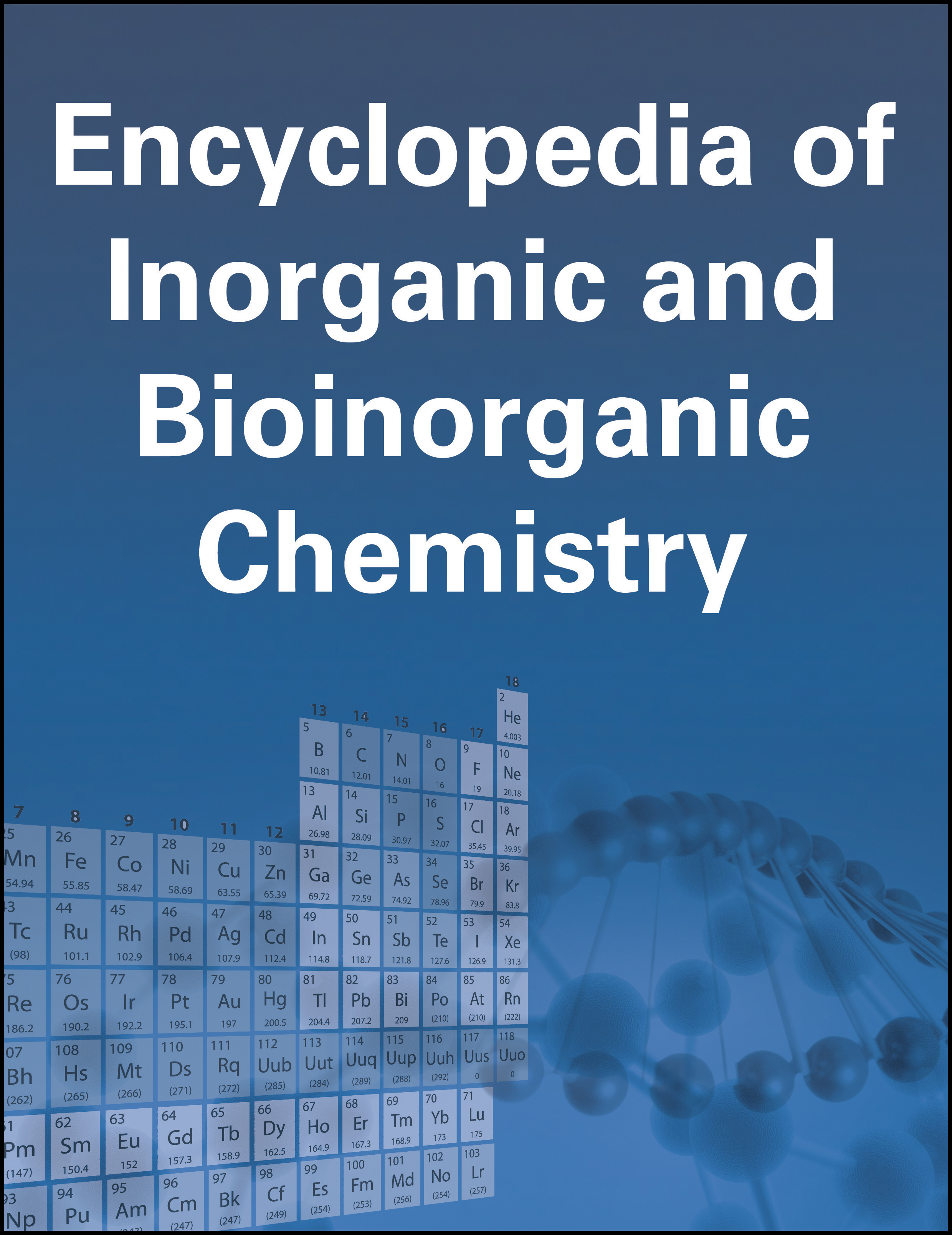Arginase
Abstract
Arginase is a manganese hydrolase related to agmatinases, formiminoglutamases, and proclavaminate amidino hydrolase. It hydrolyzes L-arginine to L-ornithine and urea and occurs in bacteria, yeast, plants, invertebrates, and vertebrates. In mammalian species cytosolic type I and mitochondrial type II arginase are found. Type I arginases, located in the liver, catalyze the final step in the urea cycle. Type II arginases are extrahepatic and catalyze the same reaction as type I arginases, but due to their cellular location, give rise to different biological functions that center on regulating the levels of L-arginine or L-ornithine. For example, they are thought to regulate the concentrations of L-arginine, a biosynthetic precursor of nitric oxide (NO), and thus, participate in the NO signaling pathway. By controlling the concentration of L-ornithine, they affect the biosynthesis pathway of glutamate, proline, and polyamines. Arginase monomers have molecular weights of about 30 to 40 kDa and generally function as homo-oligomers. All spectroscopic measurements have been made using the rat liver arginase and the Mn(II) EPR spectra are typical of μ-ligand bridge spin-coupled Mn2(II,II) centers.
Crystal structures of rat and Bacillus caldovelox arginases have been determined. Rat liver arginase is a homotrimer. Each monomer of 323 amino acids has a globular shape and comprises an eight-stranded parallel ß-sheet packed on either side by helices to form a single α/ß domain. Each monomer contains its own active site. Two catalytic manganese ions, MnA and MnB are located at the bottom of the active site. MnA is coordinated by a histidine, three aspartates, and two water molecules. MnB is also coordinated by a histidine and three aspartates but by one water molecule only. One of the aspartates is bidentately coordinated (MnB), two others bridge both Mn ions, one with one side chain oxygen to both Mn ions, the other one with each side chain oxygen individually to each Mn ion. Both Mn ions display an octahedral coordination. The B. caldovelox arginase is a homohexamer with 32 point group symmetry. Each monomer contains 299 amino acid residues. Overall fold and active site geometry is very similar to that of the rat enzyme. Crystal structures of arginases in complex with L-arginine, L-lysine, L-ornithine, and 2(S)-amino-6-borohexanoic acid (ABH) have been determined and have helped, together with kinetic studies, to formulate a structure-based catalytic mechanism for arginase in parallel to an EPR-based mechanism.




